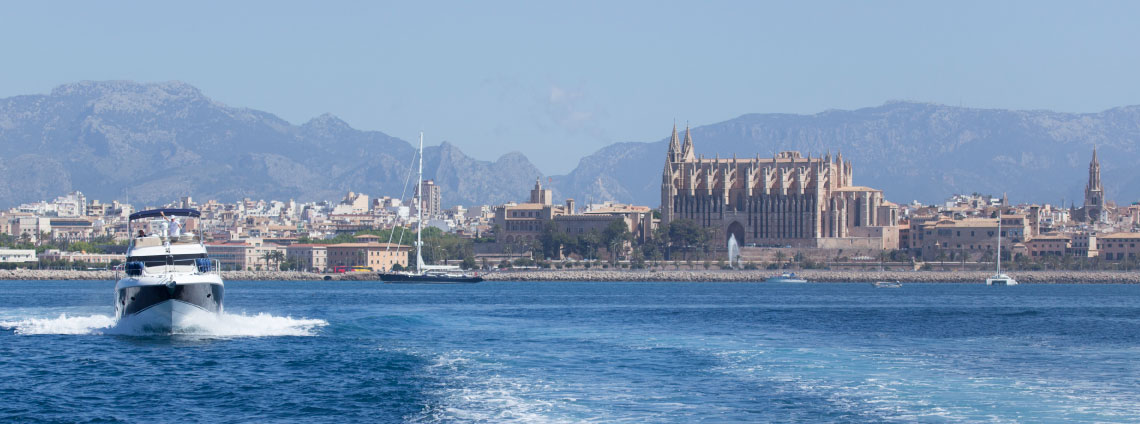The Cathedral – “LA SEU” of Palma de Mallorca

This architectural jewel can confidently be called Palma’s landmark: The cathedral “La Seu”, which rises magnificently above the roofs of the old town, and which, illuminated during the night or day, is the most imposing visiting card of the island’s capital. It’s a must-see when exploring the properties in Palma’s old town, and definitely not a boring place to visit, as “La Seu” holds countless details and stories. By the way, the view of the cathedral is a similarly strong argument for buying property in Palma de Mallorca as the view of the harbour. The cathedral was built on the remains of a mosque that had burned down in 1229 – the west façade was not completed until 1604. We owe the current version of the Gothic church to Bishop Pere Joan Campins (1898-1915), who wanted to bring the diocese of Palma closer to the island, both spiritually and linguistically. It was Campins who commissioned the famous Catalan architect Antonio Gaudí (1852-1926) to innovate the interior of the church.
Between 1904 and 1914, Gaudí directed revolutionary structural changes throughout the chancel, which until then had been laid out in such a way that most worshippers were denied a view of the high altar. Gaudí simply moved the chancel forward towards the Royal Chapel, and arranged the beautifully carved choir stalls with around 100 seats on either side of the 14th century altar. He ordered the pulpit to be moved to its present location and had some of the walls decorated with ceramics made to his designs by the Mallorcan company La Roqueta.
The “so-called” miracle of light of the cathedral
Thus, worshippers and visitors now have a clear view through the three naves to the altar. The impressive interior with 14 slender columns almost 22 metres high must be appreciated. But what most enchants visitors to this day, what gives every mass the flair of absolute solemnity, is the canopy floating above the altar. It has the symbolic shape of a crown – some also speak of a cloud or the prow of a ship, referring to the proximity of the sea. Equally impressive and therefore here the special Minkner & Partner tip: The so-called miracle of light in the cathedral. Always on 2 February and 11 November – provided the sky is not overcast – the sunlight enters the eastern window rosette in the morning and creates a coloured light reflection on the inner wall of the main portal below the western rosette. Light and round window visually formed a colourful figure eight at 8.30 am. Thousands of onlookers then watch the spectacle, which attracts almost as many curious onlookers as the traditional visit of the Spanish royal family on Easter Sunday.


 Deutsch
Deutsch Español
Español